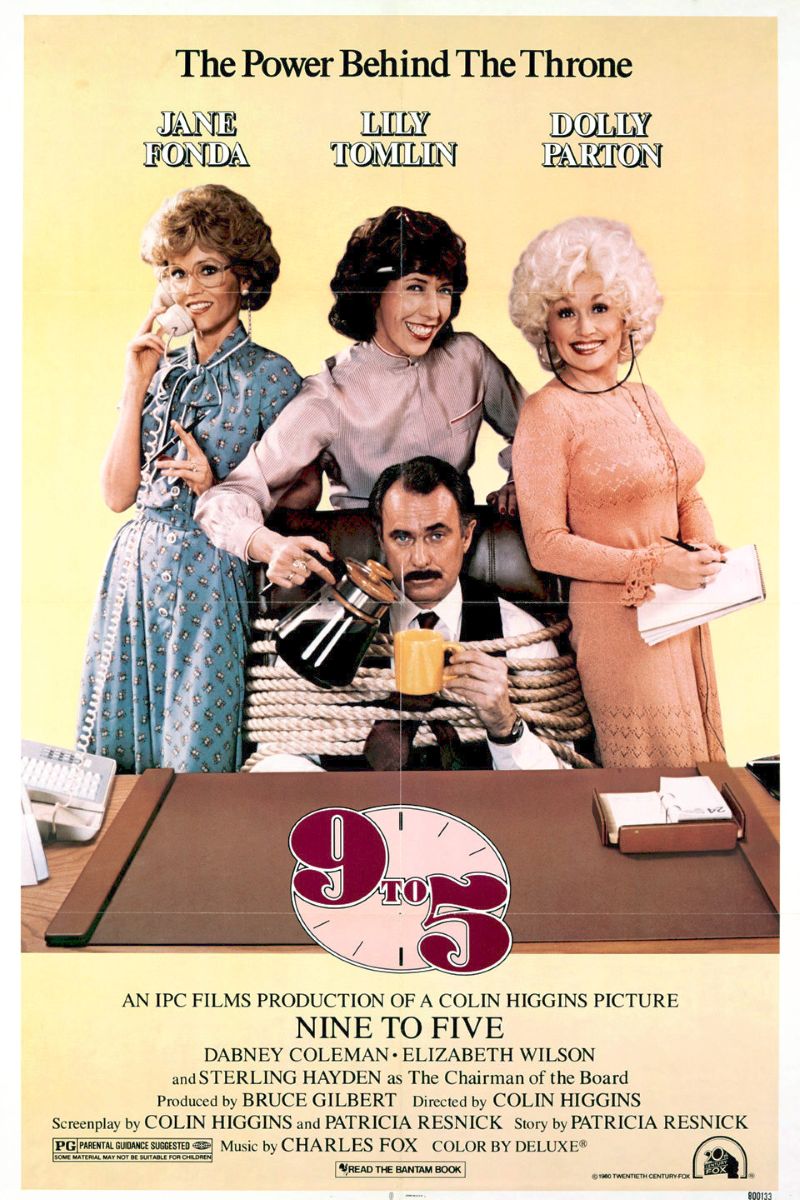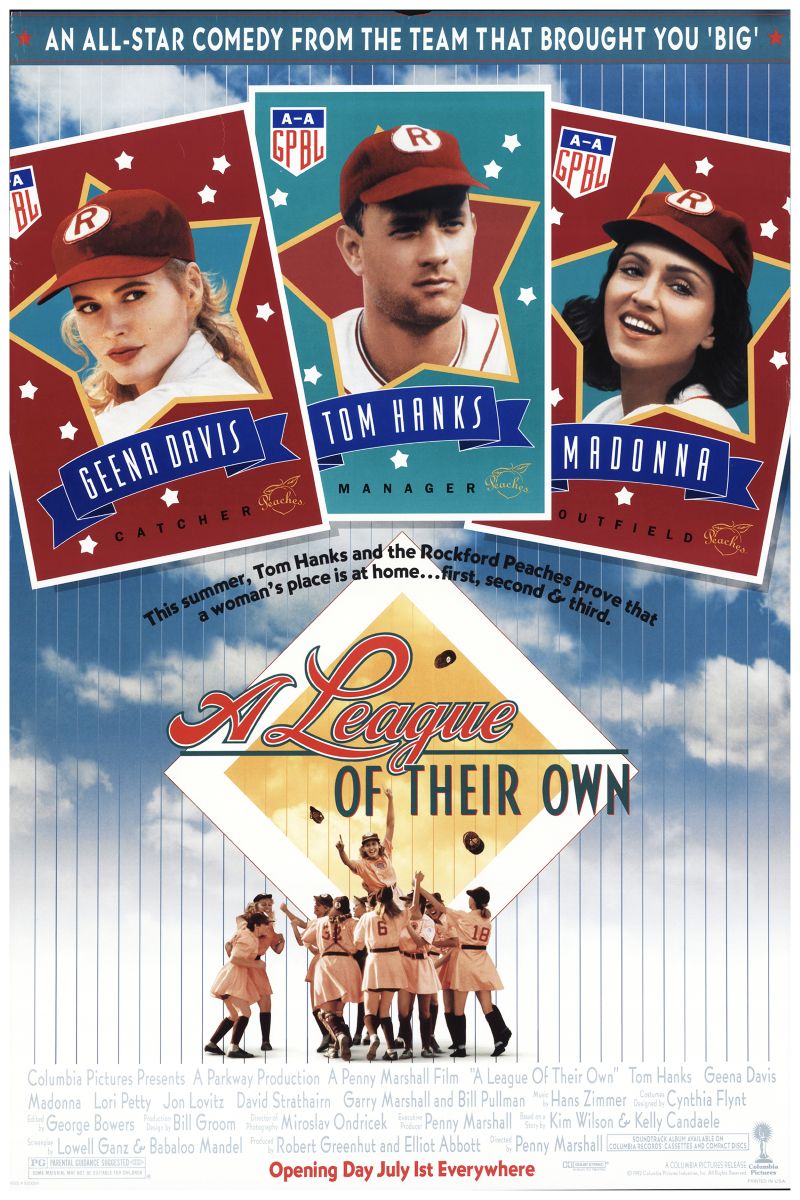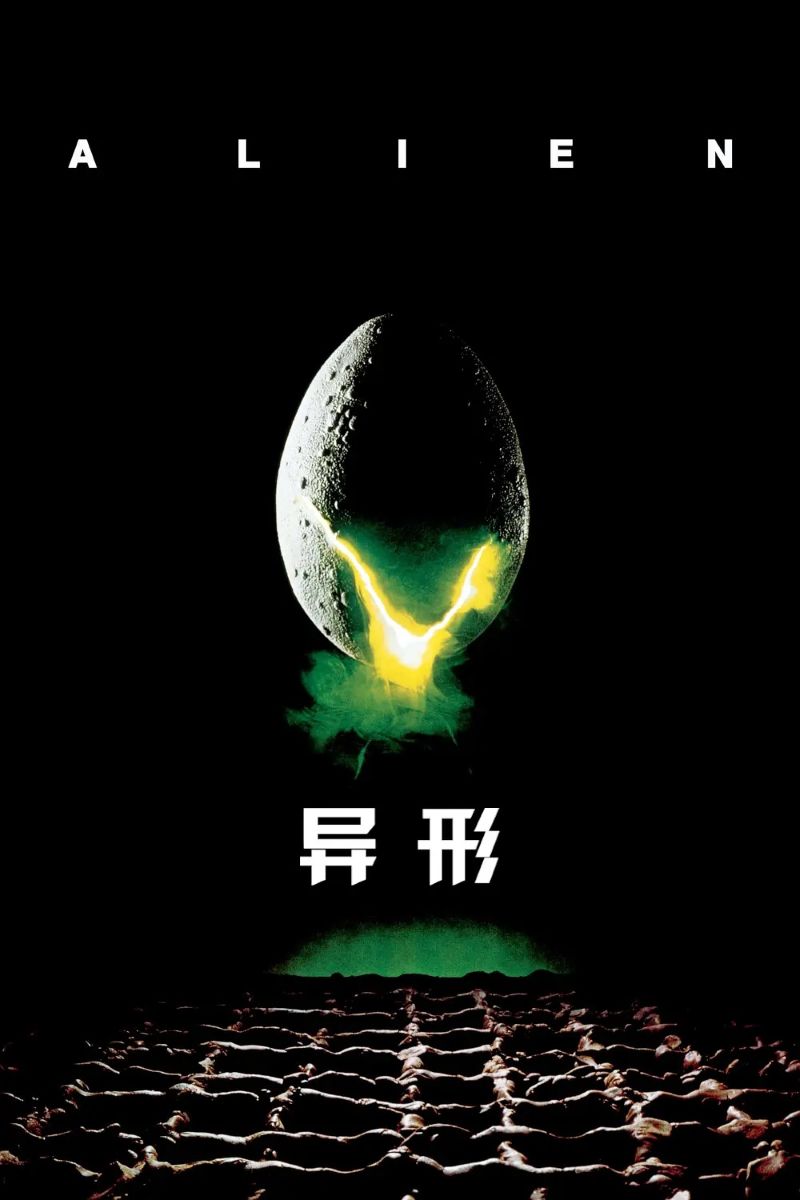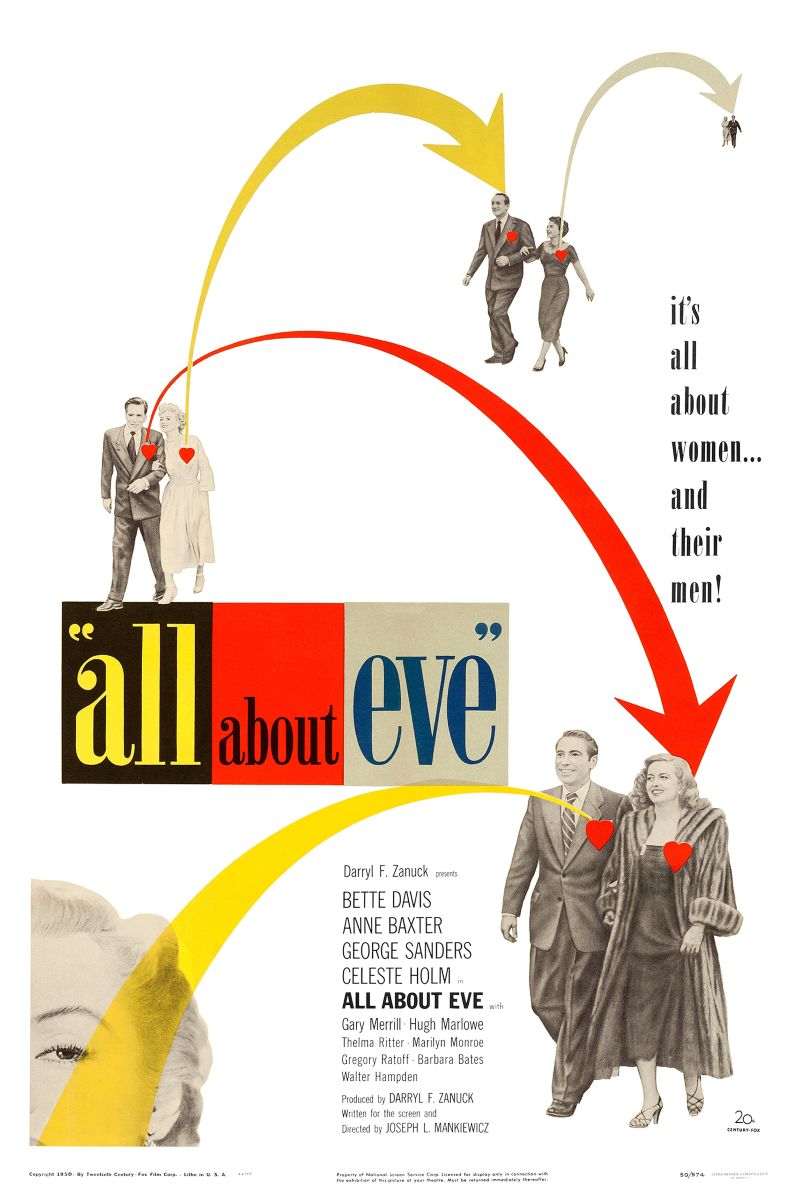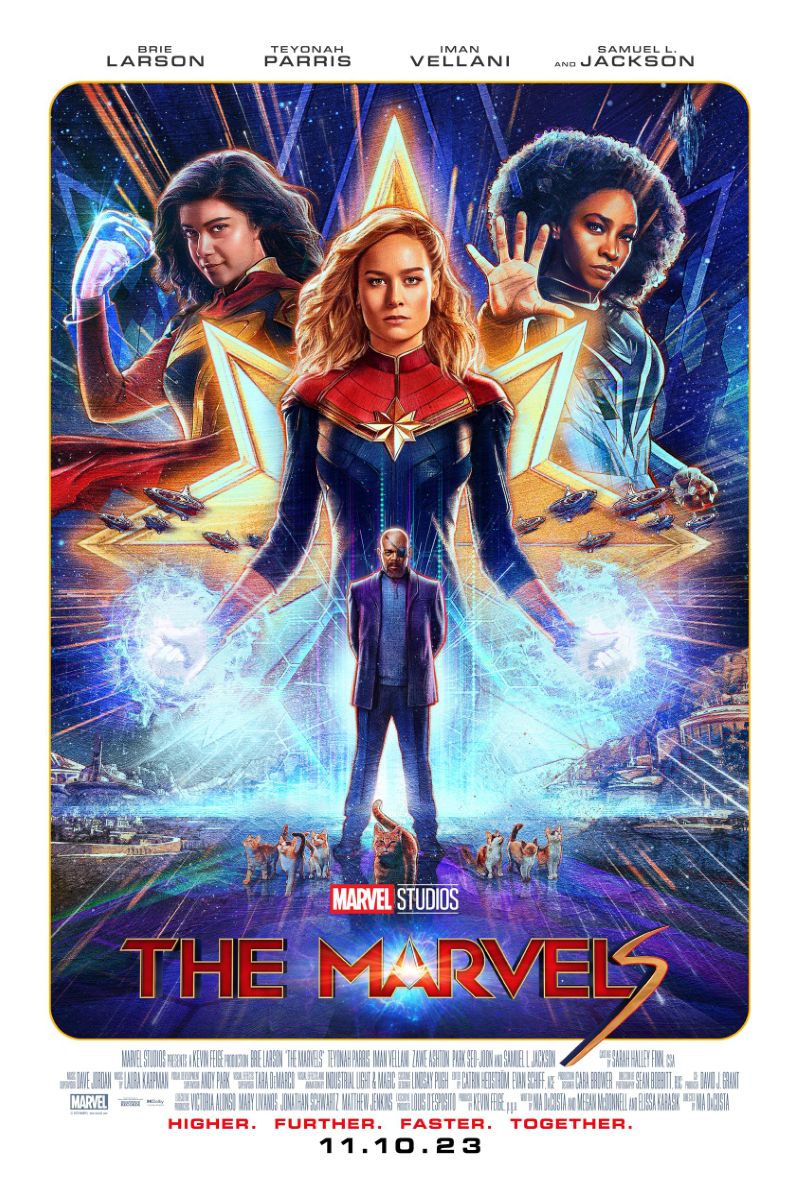
The Marvels
The Marvels
A superhero film directed by Nia DaCosta, the first Black woman to helm a Marvel movie, following three female superheroes Carol Danvers, Monica Rambeau, and Kamala Khan who are forced to work together to save the universe when their powers become entangled. The film explores themes of intergenerational female solidarity, multicultural identity, and women's representation in superhero cinema.
Cast
Related Topics
🎥 Film Analysis & Review
The Marvels stands as a landmark work in the Marvel Cinematic Universe, not only because it’s the first Marvel film directed by a Black woman, Nia DaCosta, but because it creates a narrative space entirely dominated by female superheroes. Through the collaborative story of Carol Danvers (Brie Larson), Monica Rambeau (Teyonah Parris), and Kamala Khan (Iman Vellani)—three women from different generations and backgrounds—the film deeply explores core feminist issues including intergenerational female solidarity, multicultural identity, and women’s representation in mainstream media.
From a female representation perspective, The Marvels’ most important contribution lies in its subversion of traditional superhero narrative patterns. In the male-dominated Marvel universe, this film creates a completely female-centered story world. The three protagonists represent different women’s experiences: Carol embodies the mature professional woman bearing enormous responsibility and guilt; Monica represents the middle generation’s growth and transformation from observer to actor; while Kamala showcases the younger generation’s enthusiasm, idealism, and complex cultural identity. This multi-layered female representation challenges singular female hero narratives.
The film’s exploration of intergenerational female relationships is particularly profound. Carol and Monica share a complex historical entanglement—Carol’s prolonged absence caused Monica’s developmental trauma, reflecting the dilemma many women face between career and family relationships. Their reconciliation process demonstrates how women can repair relationships through understanding, communication, and collective action. Kamala, representing the younger generation, both admires her predecessors while maintaining her independence, embodying healthy female mentorship relationships.
From an intersectional feminism perspective, the film presents three female heroes with different racial and cultural backgrounds. Kamala, as a Pakistani-American Muslim girl, has an identity that encompasses not only gender but multiple layers including race, religion, and immigrant status. Through her perspective, the film showcases the navigation experience of minority women in mainstream American society and how to seek balance between traditional cultural expectations and modern female autonomy.
The film’s portrayal of family dynamics is also interesting. Kamala’s family represents typical immigrant family structures—parents who want their daughter to integrate into American society while fearing she’ll lose her cultural roots. The film shows how families become important sites for female identity formation and how intergenerational women negotiate cultural expectations and personal aspirations within family structures.
From a cultural identity perspective, the film’s multicultural presentation transcends superficial diversity displays. Kamala’s Muslim identity is not decorative but a core component of her character. The film shows how she integrates religious faith with superhero identity, challenging false oppositions between religion and modernity in Western popular culture.
Nia DaCosta’s role as the first Black woman to direct a Marvel film carries important political significance. She brings unique perspective and aesthetic style to the film, particularly in handling female friendship and cultural identity. The film’s visual language blends different cultural elements, creating a diverse yet unified aesthetic experience.
The film’s exploration of power and responsibility also has gender dimensions. Carol bears universe-level responsibility, a burden that often leaves her feeling isolated and guilty. The film shows how women maintain interpersonal relationships and emotional connections while bearing enormous responsibilities. The collaborative model of the three female heroes emphasizes the importance of collective action and mutual support, contrasting with traditional lone wolf hero models.
From a youth rights perspective, Kamala’s character is particularly important. She’s not only the youngest Marvel hero but the first South Asian and Muslim female hero. Her presence provides important role model effects for young minority girls. The film shows how she maintains her values and judgment in the adult world, embodying young people’s agency and wisdom.
The film’s presentation of female bodies and power deserves attention. The three female heroes possess different types of superpowers, but their strength is not for conquest or domination but for protection and connection. Their entangled abilities symbolize deep connections and interdependence among women, challenging individualistic hero mythology.
From a media industry perspective, The Marvels’ production process itself embodies female empowerment. Besides the female director, the writing team is primarily composed of women, including Megan McDonnell and Elissa Karasik. This behind-the-scenes female participation ensures the film can authentically reflect women’s experiences and perspectives.
The film’s space-time and universe settings can also be interpreted from a feminist angle. The three female heroes’ abilities allow them to travel between different spaces and worlds, reflecting modern women’s multiple identities and cross-boundary experiences. They’re not bound by single locations or identities but can act freely across multiple worlds.
The film’s music and visual design also reflect unique perspectives of female creators. The bright colors and pop culture elements of Kamala’s world reflect young women’s vitality and creativity, while the overall musical choices blend elements from different cultural backgrounds.
From a commercial perspective, The Marvels’ very existence reflects changing status of women in the entertainment industry. Though the film’s box office performance fell short of expectations, it paved the way for female directors and female-led superhero films.
The film’s treatment of villain characters also has gender dimensions. The main antagonist Dar-Benn (Zawe Ashton) is female, but her motivations stem from protective desires for her planet and people, avoiding simple good-bad binary oppositions.
From a globalization perspective, the film demonstrates the universality of female heroism. Three women from different backgrounds can collaborate across cultural differences, embodying cross-cultural possibilities of female solidarity.
The film’s handling of mentorship relationships is particularly noteworthy. Unlike traditional mentor-student dynamics that often involve hierarchy and eventual replacement, the relationships between Carol, Monica, and Kamala are more collaborative and mutual. Each brings unique strengths and perspectives, creating a model of female leadership based on complement rather than competition.
From a technological perspective, the film’s premise of entangled powers serves as a metaphor for female connectivity and interdependence. In a genre that often celebrates individual achievement, The Marvels suggests that true power comes from collaboration and mutual support.
Ultimately, The Marvels’ value extends beyond its entertainment function to its advancement of female representation and diversity. Through the story of three female heroes from different generations and backgrounds, the film provides diverse identity choices and role models for audiences—particularly young female viewers. In a media environment still lacking adequate female representation, such works carry important cultural and political significance. They remind us that true heroism is not solitary conquest but collaborative protection; not individual glory but collective welfare.
🏆 Awards & Recognition
- • Teen Choice Award Nomination
- • Saturn Award Nomination
- • NAACP Image Award Nomination
⭐ Ratings & Links
Related Recommendations
Comments & Discussion
Discuss this video with other viewers
Join the Discussion
Discuss this video with other viewers
Loading comments...
